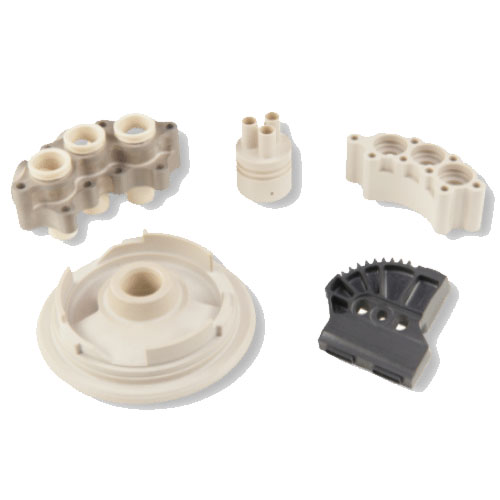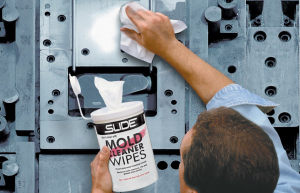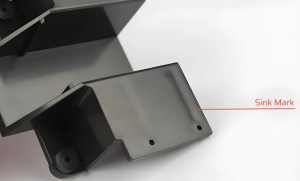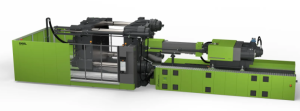Introduction to PPE Injection Molding
PPE injection molding plays a critical role in producing personal protective equipment used across medical, industrial, and commercial sectors. With the increasing demand for high-performance and safer PPE products, manufacturers are adopting advanced materials and innovative technologies to enhance the efficiency and quality of injection molding processes.
Advanced Materials Driving Innovation
One of the most significant changes in PPE injection molding is the shift toward advanced and sustainable materials. Traditional thermoplastics are now being supplemented or replaced by bio-based polymers, antimicrobial plastics, and high-performance elastomers. These materials offer improved durability, comfort, and resistance to harsh environments, making them ideal for use in items like face shields, safety goggles, and respirators.
Integration of Smart Technologies
The evolution of PPE injection molding also involves the integration of smart manufacturing technologies. Industry 4.0 innovations such as AI-driven quality control, IoT-enabled monitoring systems, and predictive maintenance are helping to improve production accuracy and minimize waste. Automation in injection molding machines ensures consistent part quality and faster cycle times, which is crucial in meeting global demand during public health emergencies.
High-Precision Molding Equipment
Modern PPE injection molding machines are equipped with high-precision controls that support micro-injection and multi-cavity molds. This capability allows for the production of small and complex PPE components with tight tolerances. Improved molding techniques reduce material usage and increase efficiency, contributing to cost savings and environmental sustainability.
Customization and Ergonomic Design
With consumer demand focusing more on comfort and wearability, manufacturers are utilizing advanced injection molding methods to produce PPE that fits better and offers enhanced ergonomics. Custom molds based on 3D scanning technology allow for personalization in mass production, which is particularly important in healthcare and industrial applications.
Sustainability and Eco-Friendly Practices
Sustainability is a growing priority in PPE manufacturing. Injection molding processes are being optimized to reduce carbon footprints, use recycled materials, and minimize post-production waste. Reusable PPE made with durable molded components is also gaining popularity, especially in response to environmental concerns and regulatory changes.
Conclusion
The evolution of PPE injection molding is being shaped by the rapid development of new materials and smart technologies. These advancements are enabling manufacturers to produce safer, more comfortable, and environmentally responsible protective equipment. As the industry continues to innovate, PPE injection molding will remain at the forefront of global health and safety solutions.






